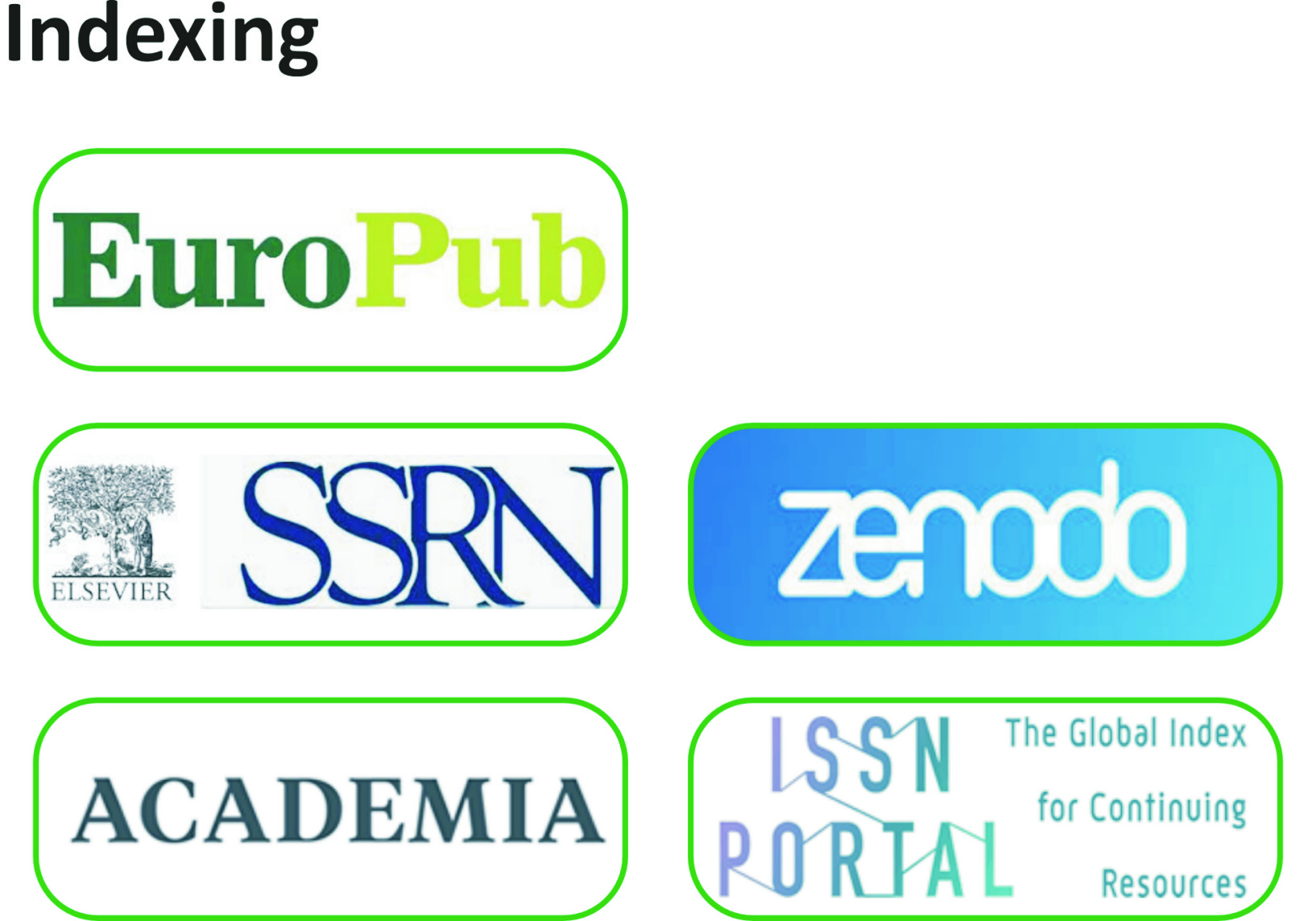A Case Study: Building Learning Readiness Skills in a Child with Autism
Keywords:
Key Words: Autism, Learning Readiness Skills, Attention Span, Eye Contact, Developmental Assessment.Abstract
Autism is a masterpiece of puzzle, with the unique lens to see the world. Autism spectrum disorder (ASD) is prevalent yet challenging to diagnose in Eastern collectivistic culture (Atherton, et.al., 2023), as the children are often shy and hesitant to communicate and interact with people. ASD is a developmental disorder caused by an abnormality in the brain (Hirota, & King, 2023). Children with ASD often face challenges with social interactions and communication and also exhibit repetitive behavior. Social interactions and communication include challenges with verbal and nonverbal abilities, as well as difficulties interpreting social indications and conventions. Repetitive behaviors are odd behaviors characterized by the recurrence of inflexibility, inappropriateness, and a lack of modification (Martínez-González, et.al., 2022). A child with ASD sometimes lacks learning readiness skills, are the observable traits that are significantly required for the children to follow early instructions, interact with the environment and develop the vital life skills (Karatas, et.al., 2021). For autistic children, the assessment plays a vital role recognizing in ASD as developmental assessment is a procedure that uses a variety of modalities to evaluate the performance of a child. To deal with the problems that can be assessed an intervention plan was developed based on the presenting problems, observations, and the use of developmental assessment tools. It can be designed by using the techniques of behavioral modification that show favorable consequences to reduce problematic behavior. The study aims to highlight the significance of employing behavioral modification techniques in improving learning readiness skills in the children with ASD.






